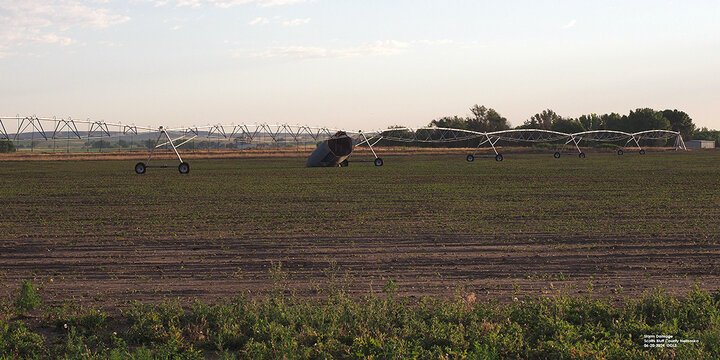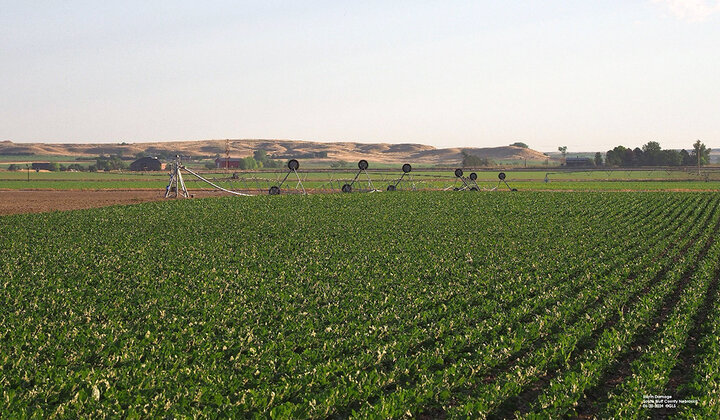Gary Stone
Extension Educator in the Panhandle
Crops in the North Platte Valley and the Panhandle in general have had a series of severe storms the last several weeks. Heavy rainfall, hail, high winds, low-land flooding and a confirmed tornado have left the crops and pivots damaged. Hailstorms in the southern Panhandle have damaged the winter wheat crop. Heavy rainfall in isolated areas has caused fields and county roads to flood.
High winds and a confirmed tornado have turned over pivots, damaged buildings, knocked out power lines, and caused injury to area crops. Corn and sugarbeets are set back and will recover. Some dry bean fields will have to be replanted. Alfalfa fields were also damaged. The storm that passed through June 20 was exceptionally bad. A repeat of this weather is possible this Wednesday and Thursday.
Irrigation water deliveries continue in the North Platte Valley and will increase as the crops and warmer temperatures continue.



TJ Prochaska
Extension Educator in Colfax, Butler and Polk Counties
Severe weather was once again observed in the area over the past week. Some flooding was observed in and around the Osceola area last weekend while tornado warnings were issued in the Leigh/Clarkson communities. A wide range of precipitation being observed from about 3.30 inches on the Colfax/Platte County line to a trace depending on location.
Locally, questions have come in regarding bean leaf beetle and dectes stem borer. A few soybean samples have been submitted to the UNL Plant and Pest Diagnostic Clinic about possible soybean disease. Those samples are likely en route at time of publication.
Bruno Lena
Extension Educator in Platte and Boone Counties
The region experienced a good amount of rainfall for the past week. A weather station located a few miles northeast Columbus registered an accumulated rainfall amount of 3 inches. While installing a set of soil moisture sensors, it was clear that the topsoil and subsoil are at field capacity level, if not at saturation. Irrigation is not expected to happen since the crop water use is still around 1-1.3 in/week range, depending on the planting date and growth stage.
Past week crop water use assuming planting date on May 1.
Corn — accumulated of 1.31 inches (or 0.19 in/day)
Soybean — accumulated of 1.12 inches (or 0.16 in/day)
Ron Seymour
Extension Educator in Adams, Kearney, Franklin and Webster Counties
Field survey in Wester and Adams counties June 27.
Field corn: Fields are in the V6 to V10 stages and are in excellent condition. Some bacterial leaf streak was found.
Soybean: The fields are in the V6 to R2 stages and are in good to excellent condition. Japanese beetles and soybean stem borer were found in low numbers. Many of the fields are recovering from post-emergent herbicide applications.
Alfalfa: Fields were in good to excellent condition with several soon ready for the second cutting. Adult alfalfa weevils were found in moderate numbers. Medium-sized grasshopper nymphs were noticed throughout the fields.
Wheat: Harvest is underway in the area. Dryland yield estimates range from 50 to 70 bu/a. Hail damage reduced yields by 25% in some areas.
Pasture: Grasses are in good to excellent condition. Although plant growth has rebounded, soil conditions are still dry with about 80% moisture depletion in the top 24 inches and little moisture at greater depth.



